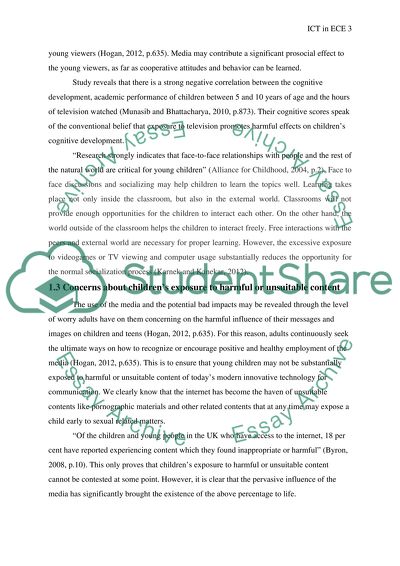Cite this document
(“The debate: should young children use ICT in ECE Literature review”, n.d.)
The debate: should young children use ICT in ECE Literature review. Retrieved from https://studentshare.org/education/1483042-the-debate-should-young-children-use-ict-in-ece
The debate: should young children use ICT in ECE Literature review. Retrieved from https://studentshare.org/education/1483042-the-debate-should-young-children-use-ict-in-ece
(The Debate: Should Young Children Use ICT in ECE Literature Review)
The Debate: Should Young Children Use ICT in ECE Literature Review. https://studentshare.org/education/1483042-the-debate-should-young-children-use-ict-in-ece.
The Debate: Should Young Children Use ICT in ECE Literature Review. https://studentshare.org/education/1483042-the-debate-should-young-children-use-ict-in-ece.
“The Debate: Should Young Children Use ICT in ECE Literature Review”, n.d. https://studentshare.org/education/1483042-the-debate-should-young-children-use-ict-in-ece.


